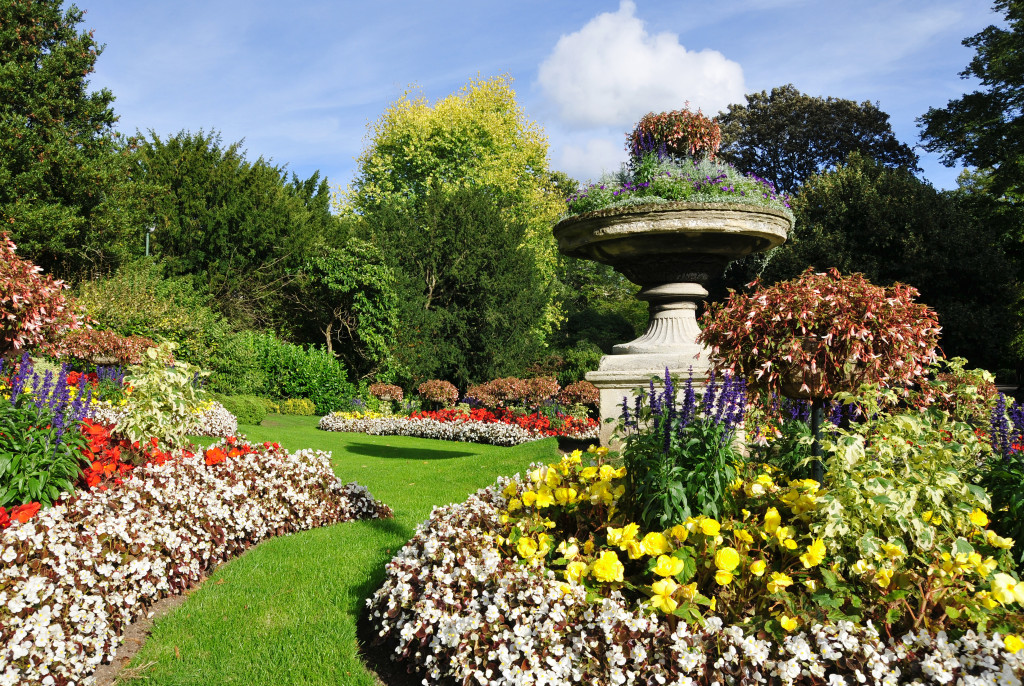Landscaping your home requires some serious thought and consideration. It would be best if you considered many factors before making any decisions because these can affect the outcome and look of your home. If you want to achieve the best results, working with a professional landscape designer or architect who can help you create a custom plan that meets all your needs is essential. But before you even start thinking about the design, here are some things you need to consider.
1. The climate in your area
The area’s climate is one factor, as different plants thrive in different climates. You need to take into account the average temperatures and rainfall in your area to ensure that you choose plants that will be able to survive.
If you live in an area with a hot climate, you must choose plants that can tolerate the heat and dry conditions. Similarly, if you live in an area with a cold climate, you must select plants that can handle the cold and snowy conditions. You can get more information about your area’s climate from your local weather station.
You can also ask your landscape designer or architect about the best plants for your area. They will be able to recommend the right plants based on your climate.
2. The soil in your area
Plants also need specific types of soil to grow in. The type of soil in your area will determine what kind of plants you can grow. For example, if you have sandy soil, you can grow plants that don’t need a lot of water. If you have clay soil, you must choose plants that can tolerate wet conditions.
The acidity of the soil is also essential. You must ensure that the plants you choose can tolerate the acidic conditions of your soil. The best way to find out the acidity of your soil is to get it tested by a soil testing laboratory. Depending on the soil test results, you can choose plants that are suitable for your soil type.

3. The water in your area
The water supply in your area is another essential factor to consider. You must determine whether you have a public water supply or a private well. If you have a private well, you must ensure the water is safe for drinking and watering plants. If you have a public water supply, you need to find out the hardness of the water.
Hard water contains a lot of minerals, which can harm plants. It can also make it difficult to dissolve fertilizer and pesticides. Also, if you plan on installing a sprinkler system, you need to find out the hardness of the water so that you can choose suitable sprinkler heads that can withstand the hardness of the water.
4. The sun in your area
Many plants love the sun and need full sunlight to grow. But some plants prefer shady conditions. You need to take into account the amount of sunlight in your area to ensure you choose plants that will be able to thrive. For example, plants like succulents need full sunlight, while ferns prefer shady conditions.
Of course, you can install artificial lighting to provide the right amount of light for your plants. But this will add to the cost of your landscaping project. It may be easier to provide shade using trees, shrubs, and other plants in a sunnier area.
5. The wind in your area
Wind can be a problem for some plants as it can cause them to dry out or become damaged. If you live in an area with a lot of wind, you must choose plants that can tolerate the windy conditions. For example, plants with a robust root system are less likely to be blown over by the wind.
You can also use hedges and other plants to create a windbreak that will protect your other plants from the wind. Place the hedges on the side of your property that gets the most wind. You can also use a fence to create a windbreak. Just ensure the fence is made of a material that won’t blow over in the wind.
6. The wildlife in your area
The wildlife in your area can also impact your landscaping project. Some animals love munching on plants, so you must choose plants that are not on their menu. For example, deer love eating roses, so if you have deer in your area, you must select a different type of plant for your landscape.
You can also use fencing and other barriers to keep animals out of your landscaping. This is especially important if you have a pond or other water feature as animals can contaminate the water with their waste.
There are many factors to consider before investing in home landscaping. But if you take the time to do your research, you can create a beautiful and functional landscape that will last for years to come. Always consult a professional landscaper or gardener before making any changes to your landscape. They can help you choose suitable plants for your area and provide helpful tips on caring for your plants.




